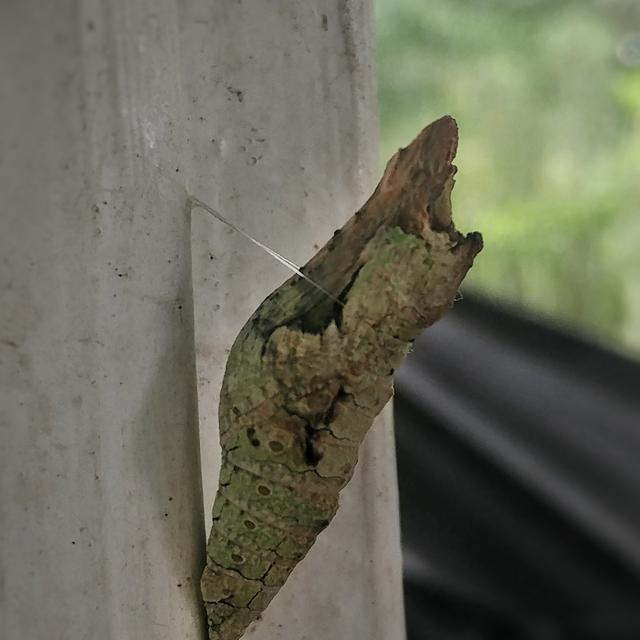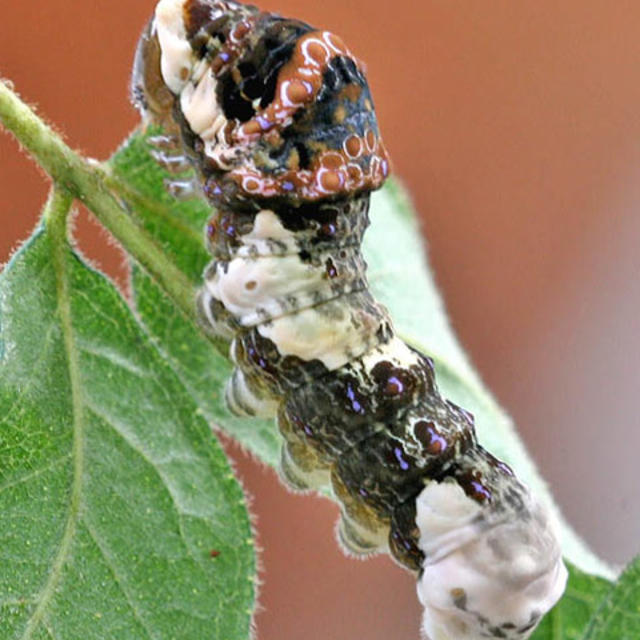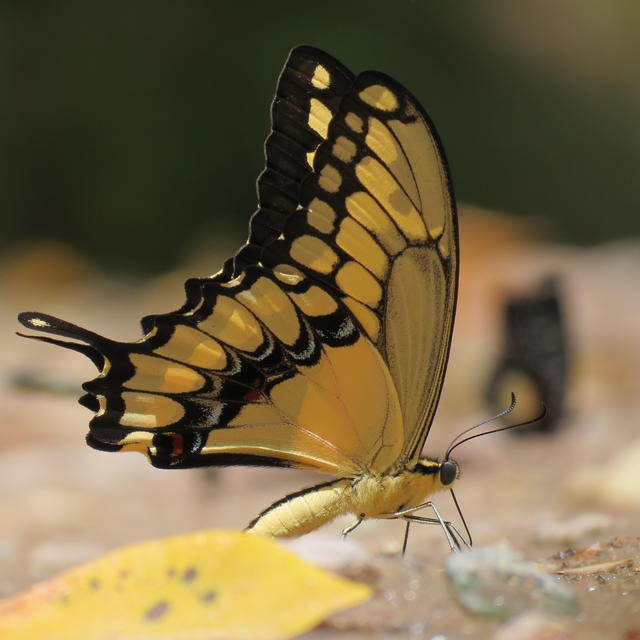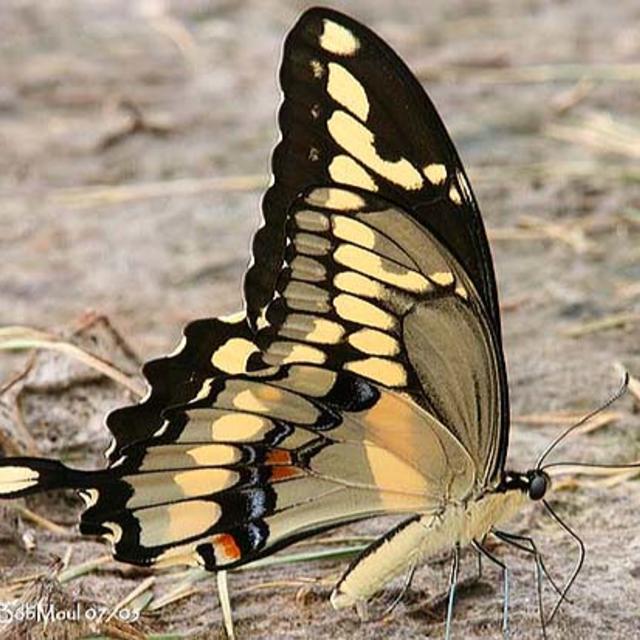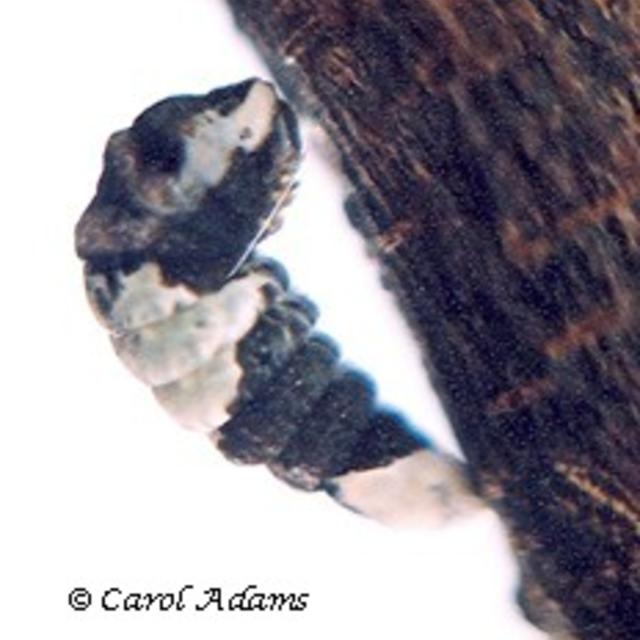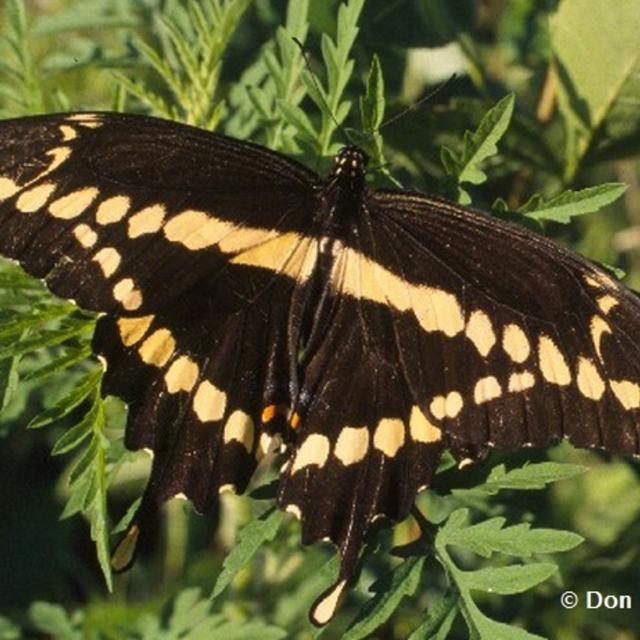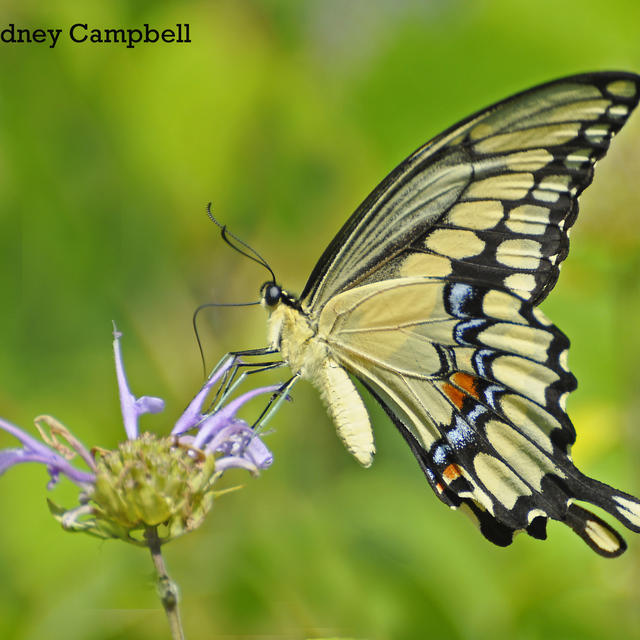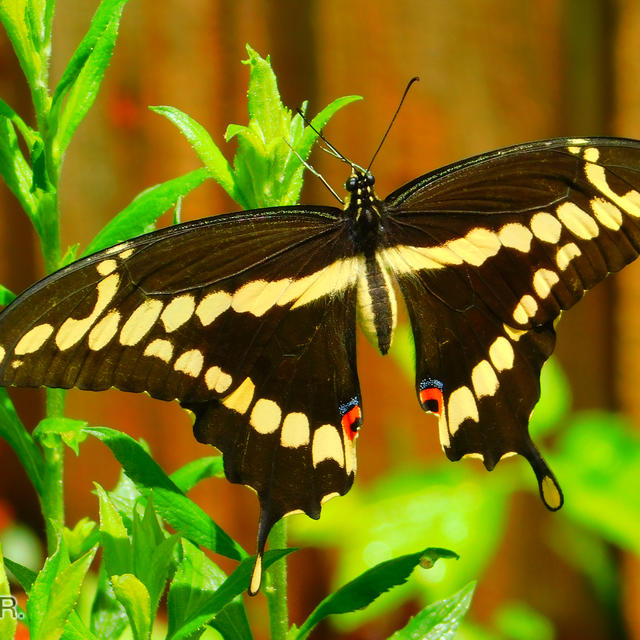Giant Swallowtail
Papilio cresphontes Cramer, 1777
Family: Papilionidae
Subfamily: Papilioninae
Identification: Forewing with diagonal band of yellow spots. Tails are edged with black and filled with yellow.
Wing Span: 4 - 6 1/4 inches (10.2 - 16 cm).
Life History: Males patrol for receptive females. Females lay single eggs on host leaves and twigs. Caterpillars resemble bird droppings and eat leaves and young shoots. Chrysalids hibernate.
Flight: Two in the north from May-September; all year in Florida and the Deep South.
Caterpillar Hosts: Trees and herbs of the citrus family (Rutaceae) including Citrus species, prickly ash (Zanthoxylum americanum), hop tree (Ptelea trifoliata), and Common Rue (Ruta graveolens).
Adult Food: Nectar from lantana, azalea, bougainvilla, bouncing Bet, dame's rocket, goldenrod, Japanese honeysuckle, and swamp milkweed.
Habitat: Many locales including rocky and sandy hillsides near streams or gullies in the north; pine flats, towns, and citrus groves in the south.
Range: Throughout eastern North America west to the Rocky Mountains, south through the desert Southwest to South America. A rare stray to Quebec, North Dakota, and Bermuda.
Conservation: Not required in the United States.
NCGR: G5 - Demonstrably secure globally, though it may be quite rare in parts of its range, especially at the periphery.
Management Needs: Caterpillars ("orange dogs") are occasional pests of citrus.
Get your BAMONA Gear!
Please donate!
We depend on donations to keep Butterflies and Moths of North America freely available. We want to express our gratitude to all who showed their support by making a contribution this year. You can donate to support this project at any time.
Advertise with us!
Do you have a product or service that you think would interest BAMONA users? If you would like to advertise on this website, contact us by email, or use the contact form and select the "Advertising" category.
Verified Sightings
Displaying 1 - 24 of 3232 verified sightings

Observation date: May 27, 2024
Submitted by: Bob Jacobson
Region: Chippewa County, Wisconsin, United States
Verified by: jmgesell
Verified date: May 27, 2024
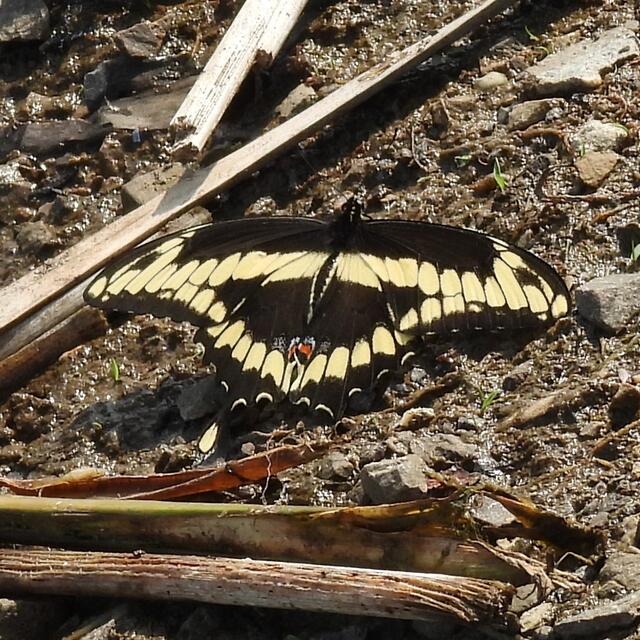
Observation date: May 20, 2024
Submitted by: rapids
Region: Ontario, Canada
Verified by: jmgesell
Verified date: May 22, 2024

Observation date: May 13, 2024
Submitted by: Diane R Halpin
Region: Marion County, Florida, United States
Verified by: John Calhoun
Verified date: May 15, 2024

Observation date: Apr 04, 2024
Submitted by: rkw9000
Region: Cameron County, Texas, United States
Verified by: jwileyrains
Verified date: May 03, 2024

Observation date: Apr 29, 2024
Submitted by: jrmbutterfly
Region: Texas, Nueces County, United States
Verified by: jwileyrains
Verified date: May 01, 2024
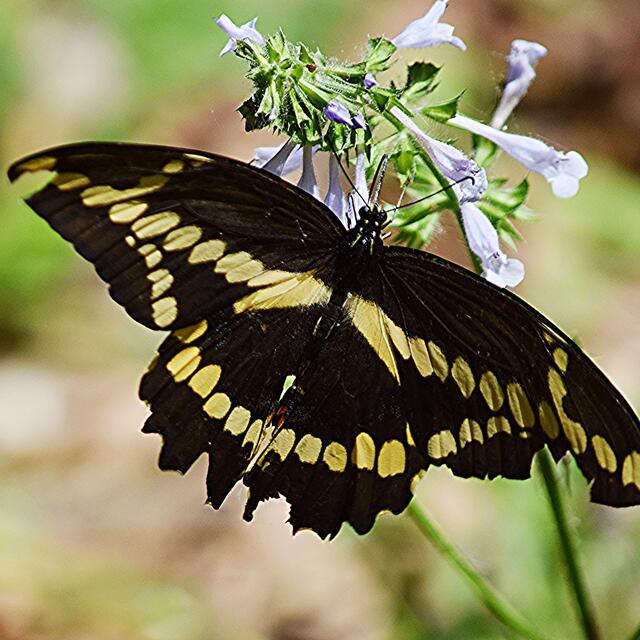
Observation date: Apr 14, 2024
Submitted by: Ken Cheeks
Region: Edgefield County, South Carolina, United States
Verified by: Dennis Forsythe
Verified date: Apr 15, 2024

Observation date: Aug 25, 2022
Submitted by: hockeybruce7
Region: Pike County, Pennsylvania, United States
Verified by: davidwright
Verified date: Apr 03, 2024

Observation date: Mar 04, 2024
Submitted by: pamelmmc
Region: Harris County, Texas, United States
Verified by: jwileyrains
Verified date: Mar 12, 2024

Observation date: Feb 17, 2024
Submitted by: Mohr824
Region: DeSoto County, Florida, United States
Verified by: John Calhoun
Verified date: Mar 11, 2024

Observation date: Feb 17, 2024
Submitted by: Mohr824
Region: DeSoto County, Florida, United States
Verified by: John Calhoun
Verified date: Mar 11, 2024

Observation date: Jul 30, 2023
Submitted by: terrymortier
Region: Dunn County, Wisconsin, United States
Verified by: jmgesell
Verified date: Mar 08, 2024
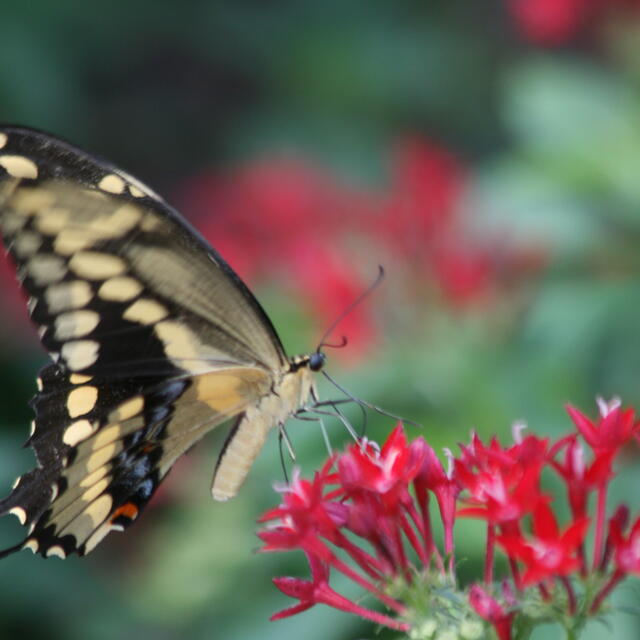
Observation date: Sep 06, 2010
Submitted by: Charlie Doggett
Region: Cook County, Illinois, United States
Verified by: Charlie Doggett
Verified date: Feb 29, 2024

Observation date: Aug 15, 2007
Submitted by: matt johnstone
Region: Osceola County, Michigan, United States
Verified by: elsner
Verified date: Jan 17, 2024

Observation date: Aug 16, 2013
Submitted by: matt johnstone
Region: Osceola County, Michigan, United States
Verified by: elsner
Verified date: Jan 17, 2024

Observation date: Jul 20, 2020
Submitted by: Junkmail
Region: Ascension Parish, Louisiana, United States
Verified by: stomlins701
Verified date: Dec 13, 2023

Observation date: Aug 31, 2023
Submitted by: naj.pilla
Region: Warren County, Indiana, United States
Verified by: rogerdowner
Verified date: Nov 10, 2023

Observation date: Sep 25, 2023
Submitted by: Linda May
Region: Georgia, Spalding County, United States
Verified by: Mikelchap
Verified date: Oct 05, 2023

Observation date: Aug 28, 2023
Submitted by: Panda84
Region: Santa Rosa County, Florida, United States
Verified by: curtis.lehman
Verified date: Sep 18, 2023

Observation date: Sep 15, 2023
Submitted by: JerryGriggs
Region: Lexington County, South Carolina, United States
Verified by: Dennis Forsythe
Verified date: Sep 18, 2023
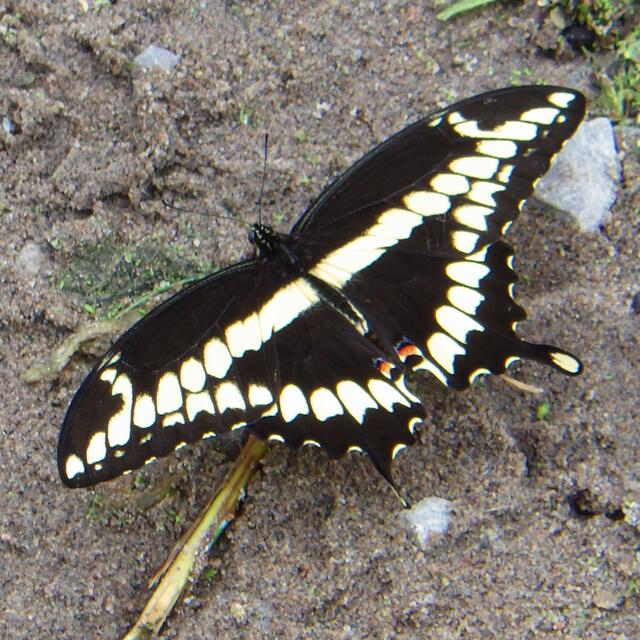
Observation date: Aug 17, 2023
Submitted by: RStankiewicz
Region: Ontario, Canada
Verified by: jmgesell
Verified date: Sep 13, 2023

Observation date: Sep 06, 2023
Submitted by: dan stringer
Region: Douglas County, Colorado, United States
Verified by: mikefisher
Verified date: Sep 09, 2023
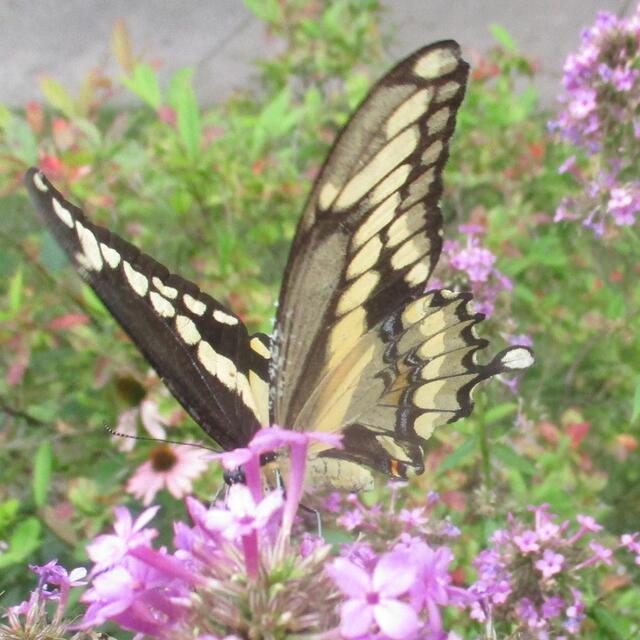
Observation date: Sep 08, 2023
Submitted by: maryjanzen
Region: Centre County, Pennsylvania, United States
Verified by: davidwright
Verified date: Sep 09, 2023

Observation date: Aug 18, 2023
Submitted by: Maggie May
Region: Franklin County, New York, United States
Verified by: jmgesell
Verified date: Sep 08, 2023

Observation date: Jun 23, 2023
Submitted by: Janeal W. Thompson
Region: Prowers County, Colorado, United States
Verified by: mikefisher
Verified date: Sep 03, 2023
- 1 of 135
- next ›



